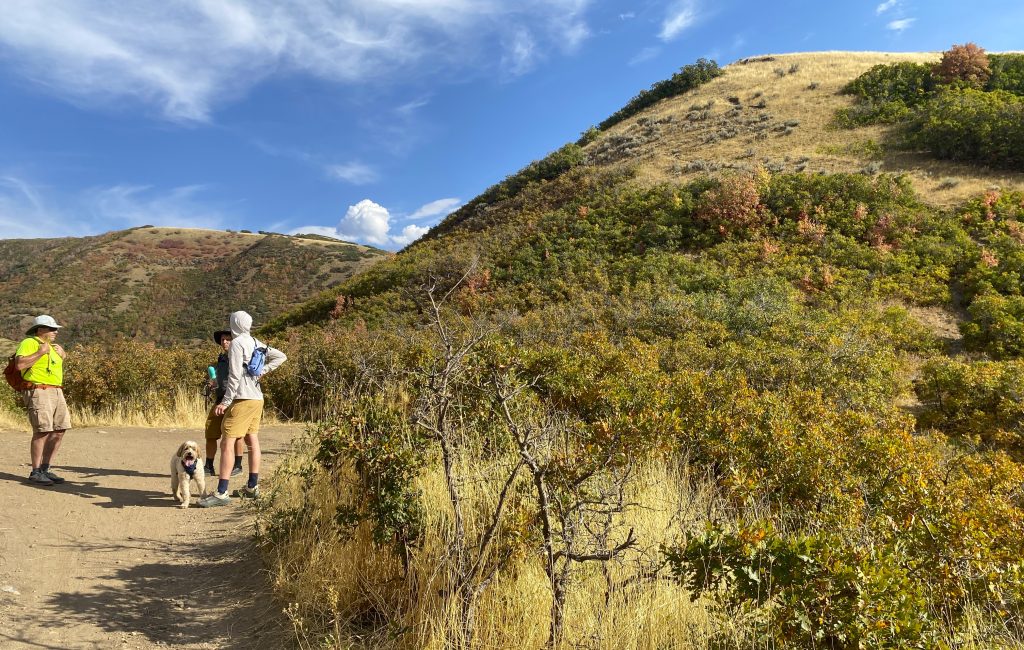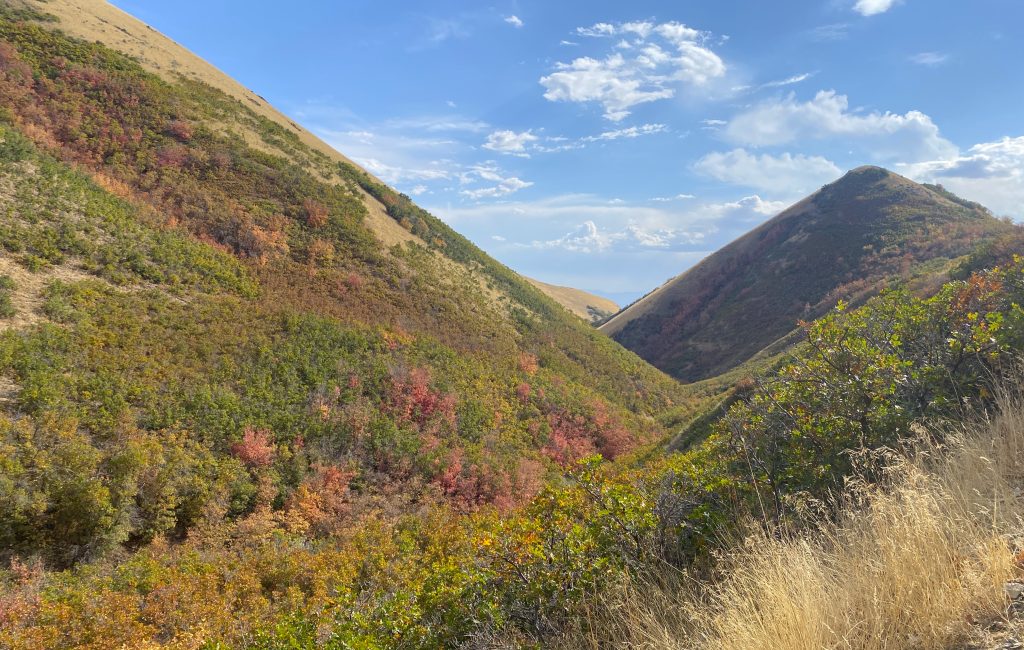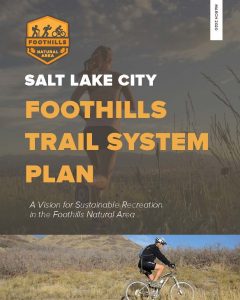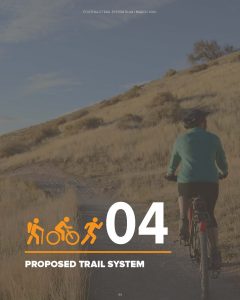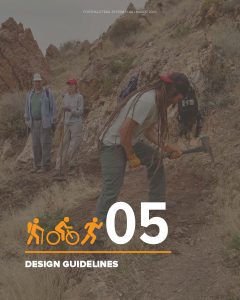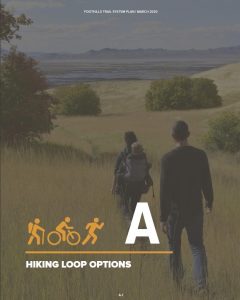
Salt Lake City Foothills Trail System Plan
— Quick Links —
Foothills Trail System Plan Update
On August 28, 2024, Salt Lake City Public Lands presented the 2020 Foothills Plan evaluation’s recommendations to the Salt Lake City Council and requested funding to resume planning. City Council approved the release of the funding to Public Lands for the following:
- Create a land management memorandum of understanding (MOU) with Foothills landowners, including Salt Lake City Public Utilities, the US Forest Service, the University of Utah, and Utah State Parks.
- Conduct planning and design phases of two Foothills Open Space Zones: East City Creek/Upper Avenues and Twin Peaks/Dry Creek. These two of the seven Foothills zones will be planned and designed concurrently, and plans will be submitted to City Council for implementation funding in late 2025.
Subscribe to the Foothills newsletter to stay up-to-date on the Foothills Plan, volunteer opportunities, and other happenings.
Project Description
A Vision for Sustainable Recreation in the Foothills Natural Area
The Plan’s vision is to provide a variety of recreational trail and cultural experiences for diverse ages and abilities while managing the Foothills’ environmental resources for future generations.

Project Details
Project Location
Salt Lake City Foothills Natural Area
Project Manager
Tyler Fonarow, Trails and Natural Lands Division Director
tyler.fonarow@slc.gov
Project Status
Active
Plan Goals
The Plan, approved in 2020 by City Council and created with input from the public and professional trail builders, outlines five primary goals:
- Environmentally Sustainable: Trails avoid sensitive habitat, minimize erosion, and make efficient use of available natural lands while protecting the wild and scenic nature of the Foothills landscape.
- Enjoyable: Trails cater to a diversity of recreation types and users, and a variety of desired experiences.
- Accessible: Trails are accessible to trail users with a range of abilities and experience, including families, seniors, and people with disabilities.
- Safe: Trail user conflicts are mitigated and minimized through trail design and use regulations.
- Low-Maintenance: Trails drain water naturally, follow contours instead of fall-lines, and encourage users to remain on-trail, minimizing maintenance efforts.
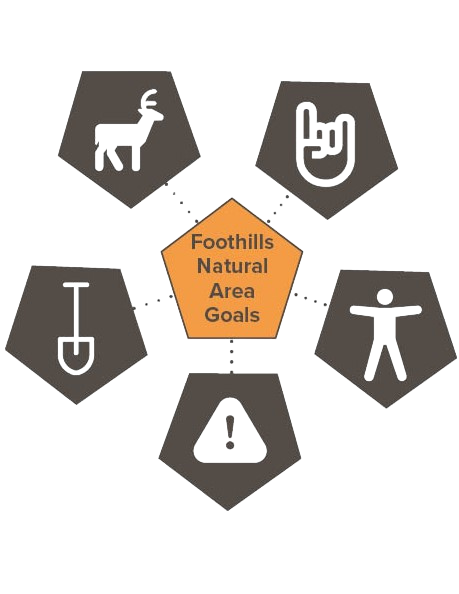
Foothills Trail System Plan PDFs
Salt Lake City Foothills Plan History
See below for an overview. An extensive history of the Foothills Plan can be viewed in the above PDFs.
Phase I Implementation & Plan Evaluation (2021-2024)
Between 2020 and 2021, the City’s Public Lands Department began implementing the Plan’s first phase. Phase I trail construction occurred in lower City Creek, above the Avenues neighborhood, and in Popperton Park.
Plan Pause and Evaluation
Due to public concern regarding trail building impacts and straying from the Plan, the City paused Phase I at approximately 85% completion to formally evaluate Phase I construction and update the Plan. The City hired three consultants to evaluate the Plan and make formal recommendations for moving forward with the Plan after the pause is lifted.
- SWCA, an environmental consultant, was hired to complete an ecological and cultural report to inform future trail development and define conservation areas.
- Natural area recreation planner SE Group and their subcontractors, trail industry experts Kay-Linn Enterprises and Applied Trails Research, were hired to complete a thorough evaluation of the Plan and Phase I implementation.
- DEA Inc., a civil planning communications consultant, assisted with community engagement and bolstered communications efforts to deliver effective messaging to the City’s constituents.
